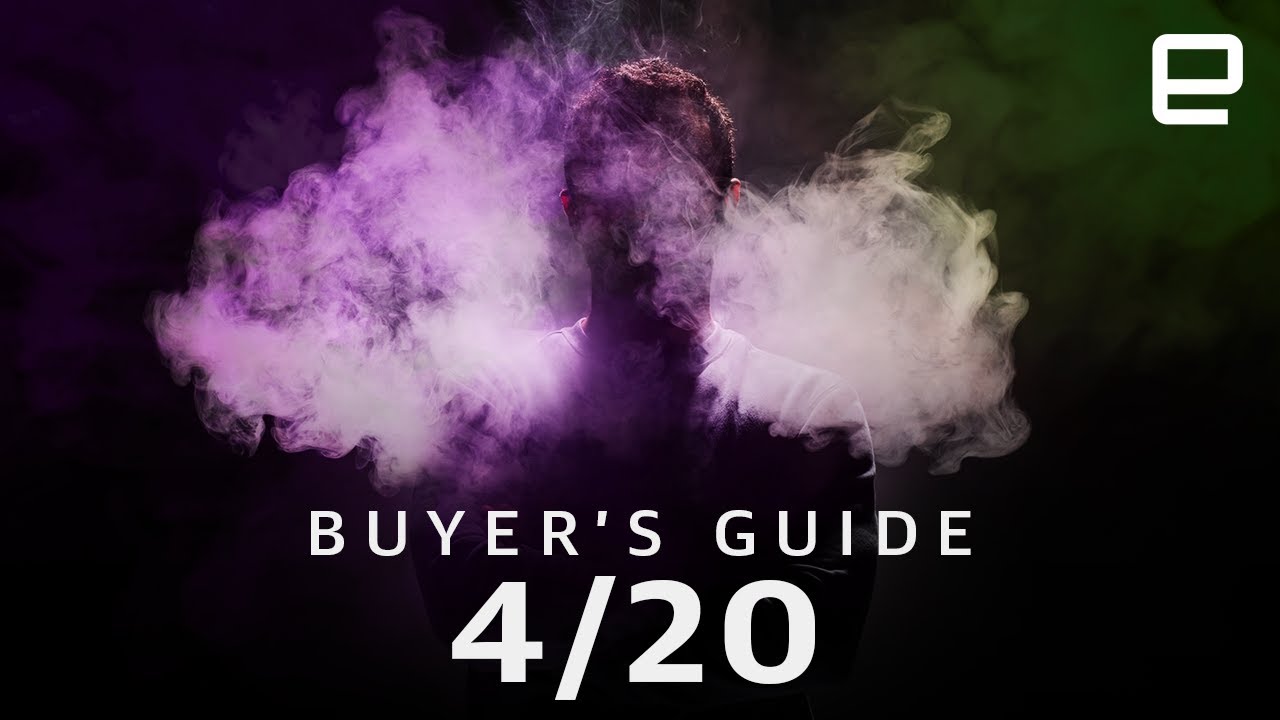Welcome to How to medicate, and today we will be covering an other illicit drug. In fact, the most used illegal drug in the united state; where more than 18% of all americans have used it. Globally, we are talking between 128 and 238 million users. Of course, this video will be on cannabis, also called marijuana, weed or pot.
That is where this video comes in. I will be covering the origin of cannabis, it’s effects, long term risks, symptoms of an overdose.
This video is part of a videoseries on the Dangers of Illicit Drugs. Find the playlists here:
https://www.youtube.com/playlist?list=PLaG3Bo3L0gX5LqgWoZVqRxEDa1hYcEYzl
The origin of Cannabis:
The usage of cannabis, is almost as old as our recorded history. The oldest signs of cannabis usages come from the indigenous people of central and south Asia. Back than they already burned it for its psychoactive effects, but also used it make fabrics and ropes. Furthermore it is suggested that cannabis was used in ritual ceremonies in European tribes.
If we fast forwards, cannabis was spread from Europe by the spaniards to north and south America.
The Dutch government, in 1972, was one of the first to divide drugs in more- and less-dangerous categories, with cannabis being not-so-dangerous. Allowing for recreational use in a coffee shop or at home. At this moment, more countries have followed this approach, where cannabis for recreational use is allowed or even became legal again
What actually is cannabis?
Cannabis, refers to the dried flowers, leaves, stems, and seeds of the cannabis plant. Cannabis contains more than 500 chemicals, including more than 100 cannabinoids. Those are chemically related to a substance called tetrahydrocannabinol (short for THC), of which you might have heard.
THC is the main psychoactive( meaning mind-altering) chemical in cannabis. It causes the perception altering and intoxicating effects during the high.
How does it work?
THC works because its chemical structure it is similar to Anandamide. Which is a chemical messenger in our brains. This similarity allows THC to bind to cannabinoid receptors in our endocannabinoid system.
By binding to those receptors, THC activates them, influencing our pleasure, memory, thinking, concentration, movement, coordination, and perception.
The “positive” effects:
Euphoria, relaxation, heightened sensory perception (like seeing brighter colors), laughter, altered perception of time and increased appetite.
The “negative” effects:
Decreased blood pressure, fainting, increased heart rate, dry mouth, decreased coordination, nausea, vomiting, memory loss, anxiety, panic attacks, distrust, dissociation, paranoia and acute psychosis.
Withdrawal symptoms:
Among others; irritability, mood swings, sleep difficulties, decreased appetite, cravings, restlessness, and physical discomfort.
Long term risks:
Lastly, it is important to quickly cover the long term risks of using cannabis. It can lead to cognitive decline (we are talking a potential loss of 6-8 IQ points), depression, anxiety ,schizophrenia, impaired driving and therefore a higher risk for car accidents, chronic bronchitis, lung and testicular cancers and some studies show a connection between the usage of cannabis and the addiction to other drugs. However, this connection is not found in all studies and therefore is not conclusive.
– Disclaimer: this video and the comments are meant purely informational! This is not medical advice! If you are looking for medical advice always contact your own doctor. –
Literature:
1: S. Coelho, J. Casarella. (2021). Marijuana Overdose: Symptoms and Treatment. WebMD.
2: J. McKenna. J. Casarella. (2021). The Long-Term Side Effects of Marijuana Use. WebMD.
3: NIDA. (2021). What is marijuana? NIDA.
4: CDC. (2021). What We Know About Marijuana. CDC.
5: National Academies of Sciences Engineering and Medicine. (2017). The health effects of cannabis and cannabinoids: Current state of evidence and recommendations for research. Washington.DC.
* The images in this video are used for educational purposes only. Most of the images and video material in this video come from https://www.canva.com/.
Follow me on Instagram: @HOWTOMEDICATE
Follow me on Facebook: @HOWTOMEDICATE
Follow me on Tiktok: @How2medicate
Support me on Patreon: https://www.patreon.com/howtomedicate
source



